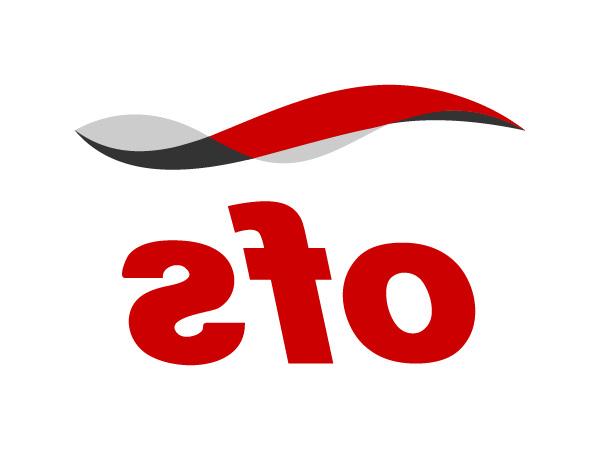
A huge increase in digital devices, cloud computing and web services have helped fuel the tremendous demand for increased bandwidth while also pushing datacom rates to 100G and beyond. With these faster speeds and greater use, system designers might assume that single-mode optical fiber holds a growing advantage over multimode optical fiber for premises applications. However, it’s critical to remember that increased Ethernet speeds don’t necessarily mean that single-mode fiber is the best choice.
While it’s true that single-mode fiber holds bandwidth and reach advantages, especially for longer distances, multimode fiber easily supports most distances needed by data center and enterprise networks, and at a significant cost savings over single-mode fiber.
What’s the Difference?
These two optical fiber types were primarily named for the different ways that they transmit light. Single-Mode optical fibers have a small core size (less than 10 microns) and allow only one mode or ray of light to be transmitted. These fibers were mainly designed for networks that involve medium to long distances, such as metro, access and long-haul networks.
On the other hand, multimode fibers have larger cores that work to guide many modes at the same time. These larger cores make it much easier to capture light from a transceiver, helping to control source costs.
View our Single Mode vs. Multimode Fiber Guide
WHICH Multimode Fiber?
Today, network designers and end users can choose from OM3, OM4 or OM5 grades of 50 micron multimode fibers. At one time in the 1980s, as data rates increased, 62.5 micron fiber was introduced because it allowed for longer reach to support campus applications. However, with the advent of gigabit speeds, users moved back to 50 micron fiber with its inherently higher bandwidth. Now 50 micron laser-optimized multimode OM3, OM4 and OM5 fibers offer major bandwidth and reach advantages for short-reach applications along with low system costs.
The Future
Industry standards groups such as IEEE (Ethernet), TIA, ISO/IEC and others continue to recognize multimode optical fiber as the short-reach solution for next-generation speeds. In fact, TIA issued a new standard for the next generation of multimode fiber called wide band (OM5) multimode fiber. This new version of 50 micron fiber can transmit multiple wavelengths using Short Wavelength Division Multiplexing (SWDM) technology, while maintaining OM4 backward compatibility. This capability lets end users gain greater bandwidth and higher speeds from a single fiber by simply adding wavelengths. The OFS version of this fiber is LaserWave® WideBand (OM5) Optical Fiber.
In Short…
Generally, 50 micron optical fiber continues to be the most cost-effective choice for enterprise and data center use up to the 500-600 meter range. Beyond that distance, single-mode optical fiber is necessary.
The OFS LaserWave FLEX Multimode Optical Fiber family offers full performance range and has better optical and geometric specifications than standards require. However, if the network’s transmission distance requires the use of single-mode optical fiber, consider bend-insensitive, zero water peak (ZWP) full-spectrum fibers such as the OFS family of AllWave® Optical Fibers.
Tags: data center, enterprise, multimode fiber, optical fiber, single-mode fiber

